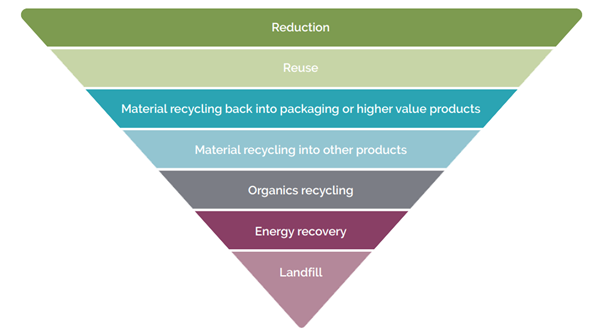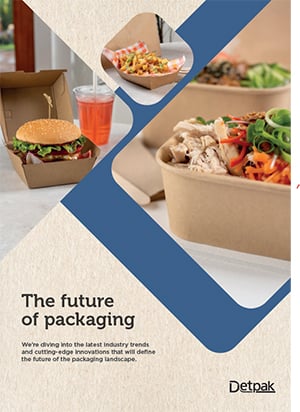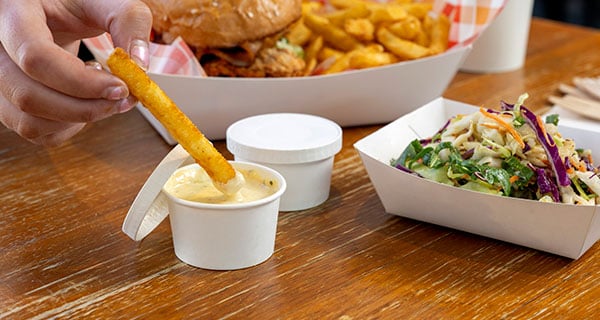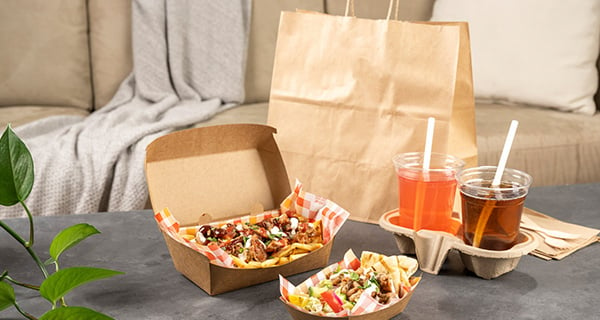What is sustainable packaging design?
Packaging design refers to a process that incorporates several important elements including material, functionality, what the packaging will contain or carry, fit for purpose, how it will be used, transported and stored. Additionally, packaging design addresses sustainability and innovation.
From material selection and manufacturing processes to the packaging product lifecycle, sustainable packaging design aims to minimise resource consumption, pollution and waste while creating a functional product that meets consumer needs.
The APCO Sustainable Packaging Guidelines (SPGs)
The Australian Packaging Covenant Organisation, or APCO for short, created the SPGs to assist packaging manufacturers to incorporate the ten Sustainable Packaging Principles (Principles) into their operations while working towards Australia’s 2025 National Packaging Targets.
These Principles, pictured below, have been designed to optimise outcomes for packaging functionality and sustainability.

At Detpak, our team of dedicated packaging designers draw on the APCO SPGs to eliminate unnecessary material in our product designs to create packaging for a better tomorrow. We’ve also incorporated APCO’s SPGs into our own sustainability objectives, with two out of six targets directly aligning with the wider APCO targets.
In addition to the SPGs, we also strive to align with the principles of the Waste Management Hierarchy when designing our packaging.
The role of the Waste Management Hierarchy in packaging design
Ultimately, the Waste Management Hierarchy prioritises actions that have the greatest environmental benefit, like preventing waste generation and promoting resource conservation, while minimising the use of landfill and other disposal methods.
While we endeavour to reduce and reuse resources where we can throughout our processes, recycling and composting are the next best options when it comes to single-use food packaging.

How does the life cycle assessment apply to packaging design?
Life cycle assessment (LCA) is a comprehensive method used to evaluate the environmental impacts of a product or system throughout its entire life cycle, from raw material extraction to disposal. At Detpak, we use the LCA in our packaging design process to assess the environmental footprint of different packaging options and identify opportunities for improvement.
The LCA method has allowed us to improve our sustainable packaging solutions by:
- Incorporating sustainably sourced materials for our packaging designs,
- Implementing responsible manufacturing processes,
- Using minimal packaging to deliver our products to our customers,
- Promoting sustainable end-of-life options for our packaging, including compostable and recyclable products, and
- Focusing on continual improvement with our sustainability objectives.
At Detpak, we’re leading the way in sustainable packaging design by incorporating functional, yet minimalist designs that are crafted from sustainably sourced materials. Explore our range of sustainable packaging solutions.




